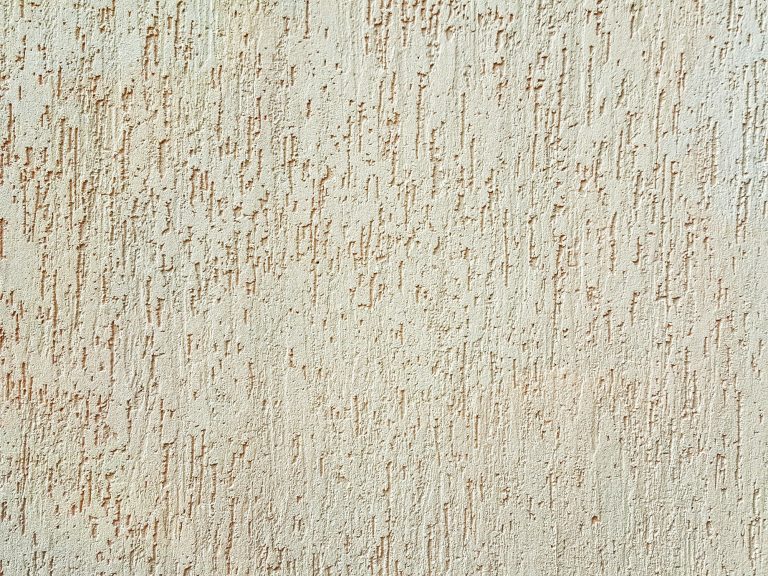Stucco siding stands as a cornerstone in the realm of exterior building cladding, offering both aesthetic appeal and functional benefits. In this article, we delve into the intricacies of stucco siding, shedding light on its composition, application systems, advantages, and drawbacks. By the end, readers will gain a deeper understanding of why stucco remains a popular choice for exterior finishing on buildings.
Composition of Stucco Siding
Stucco’s composition is a blend of sturdy materials designed to withstand the elements. Its primary components include Portland cement, lime, sand, and water. Additionally, modern stucco formulations often incorporate additives like polymers, which enhance flexibility and durability, ensuring the longevity of the siding.
Stucco Application Systems
Stucco application methods vary, with each system offering distinct advantages.
- One-Coat System: This system involves a single application of stucco, comprising a mixture of Portland cement, sand, and water. It’s favored for its efficiency and is recommended for certain applications, such as over rigid foam board and lath.
- Two-Coat System: Characterized by a base coat and a finish coat, the two-coat system employs traditional stucco mixes. It differs from the one-coat system in its application over concrete, brick, and block walls, using bonding adhesive instead of a metal lath.
- Three-Coat System: The most elaborate of the three, this system incorporates multiple layers for added durability. It starts with an asphalt-infused paper, followed by a layer of furred chicken wire, and a base coat of stucco. Finally, a finish coat is applied to provide texture and color options.
Each system caters to specific needs, with the choice depending on factors such as building structure and desired finish.
Advantages and Disadvantages of Stucco Siding
Stucco siding offers numerous benefits, making it a sought-after option for exterior cladding:
- Fire and Pest Resistance: With its one-hour firewall rating, stucco serves as a reliable barrier against fire spread. Additionally, its robust composition deters pests, ensuring structural integrity.
- Versatility and Adaptability: Stucco can be tailored to suit various architectural styles, from sleek modern designs to rustic aesthetics. Its versatility extends to texture and color choices, allowing for customization to meet specific preferences.
- Longevity and Low Maintenance: Stucco’s durability translates into longevity, with proper maintenance ensuring it retains its appeal for years to come. Regular upkeep, such as pressure washing and minor repairs, suffices to keep it in pristine condition.
However, stucco siding also presents some challenges:
- Complex Repair Process: Unlike other siding options, stucco repairs require meticulous attention to detail and professional expertise. Matching color and texture can be challenging, often necessitating specialized services.
- Installation and Maintenance Costs: While stucco materials themselves are relatively affordable, the need for professional installation can drive up costs. Moreover, ongoing maintenance expenses should be factored in for budget considerations.
- Susceptibility to Damage: Stucco may develop hairline cracks or chips, particularly in regions prone to ground movements or adverse weather conditions. Proper installation and periodic inspections are essential to mitigate such risks.
Versatility and Durability of Stucco Siding
Stucco’s versatility extends beyond aesthetics, making it suitable for diverse climates and architectural styles. Its ability to withstand varying weather conditions while maintaining structural integrity underscores its enduring appeal as an exterior finishing material. Whether adorning contemporary residences or historic landmarks, stucco stands the test of time.

